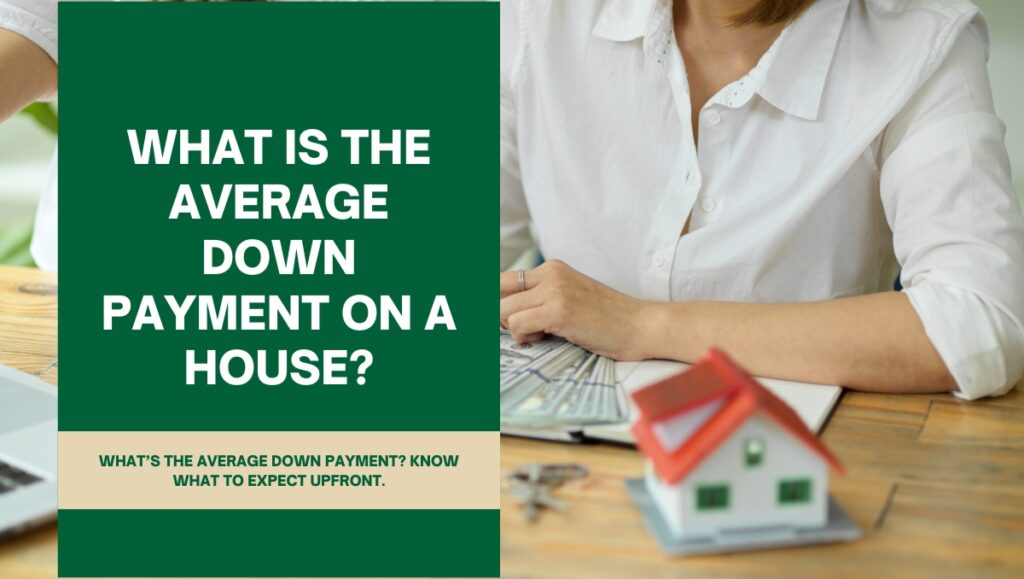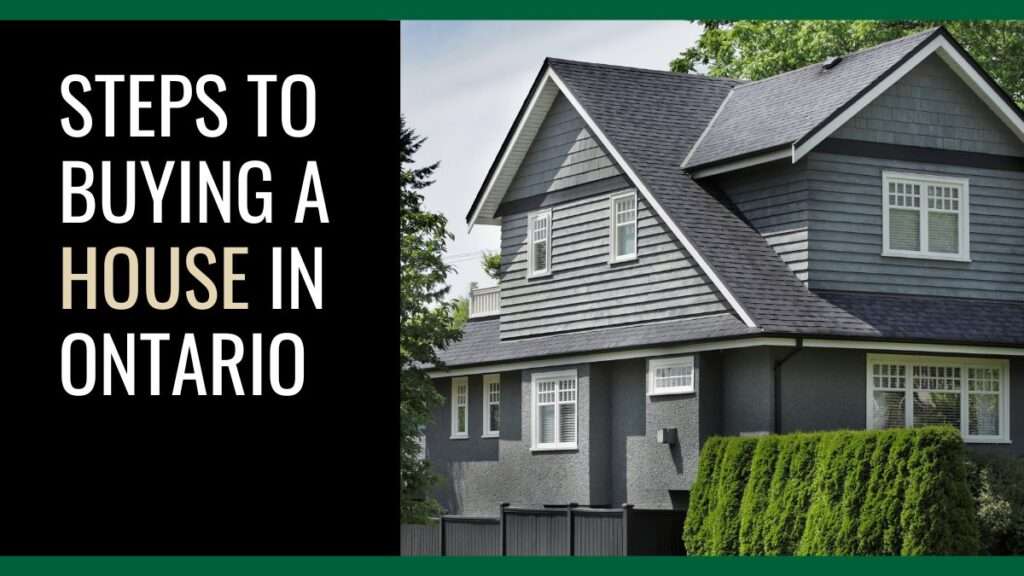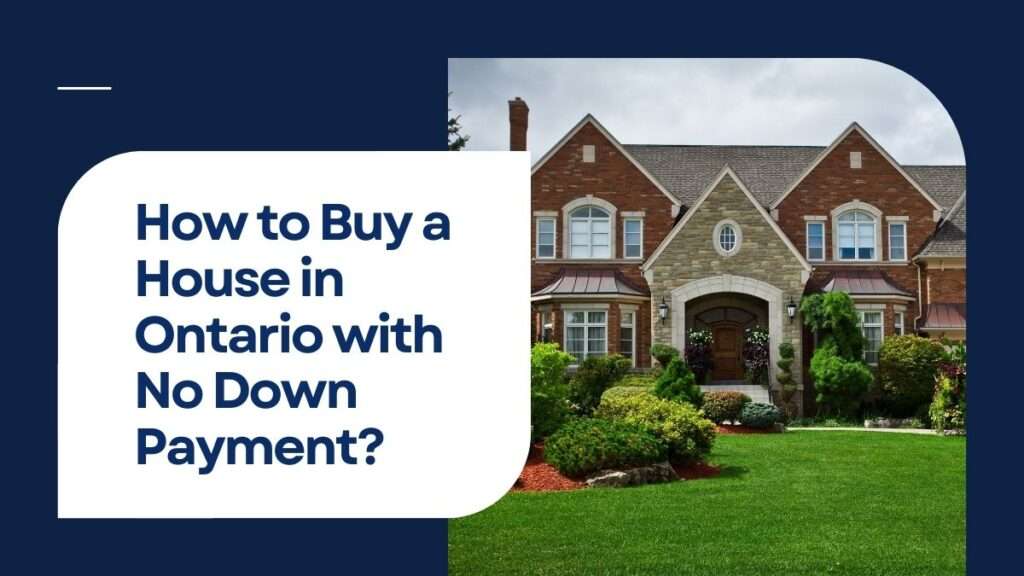Buying a home is exciting, but it also brings important questions, starting with the down payment. This is the money you pay upfront, and it affects your mortgage and monthly costs.
So, what is a down payment? How much do you really need in Canada? What does the government say, and what do most people actually pay?
If you want to know what is the average down payment on a house, you’re in the right place. Whether it’s your first home or your next one, understanding this helps you plan and feel ready.
Let’s keep it simple and clear with easy tips and advice from AJP Mortgage.
What a Down Payment Is and Why It Matters
A down payment is the upfront amount you pay when buying a property. It’s usually expressed as a percentage of the home’s purchase price. The rest of the cost is covered by your mortgage loan.
For example, if you’re buying a home for $600,000 and you put down $60,000 (10 percent), your mortgage loan would cover the remaining $540,000.
Why it matters?
Lower mortgage amount: The more you put down, the less you need to borrow.
Lower monthly payments: Smaller loans mean smaller payments each month.
Better interest rates: Larger down payments often come with better rates.
Less insurance cost: With a 20 percent down payment, you can avoid mortgage default insurance.
Faster equity growth: A larger down payment gives you a bigger stake in your home from day one.
What is the Average Down Payment on a House?
The average down payment on a house in Canada is typically around 5 to 20 percent of the purchase price, depending on the home’s cost and the type of mortgage.
Let’s break down what this means for different buyers and how to plan your down payment smartly.
How Canadian Rules and Market Norms Shape Down-Payment Expectations
In Canada, down payment rules are set federally, mostly to manage risk in the housing market. These rules make sure borrowers don’t take on too much debt relative to what they’re buying.
But these rules are just minimums. In competitive markets like Toronto or Vancouver, many buyers put down more to strengthen their offers and avoid extra fees.
Canadian Minimum Down-Payment Rules
Here’s how minimum down payments work depending on the home’s price:
| Home Price | Minimum Down Payment |
| Up to $500,000 | 5 percent |
| $500,001 to $999,999 | 5 percent on the first $500,000 + 10 percent on the remaining amount |
| $1 million or more | 20 percent |
Example
If you’re buying a $750,000 home:
If the price hits $1 million, the entire 20 percent must be paid upfront, which equals $200,000.
Impact of Mortgage Default Insurance on Minimums
When your down payment is less than 20 percent, you are required to get mortgage default insurance. This protects your lender in case you can’t repay your loan.
Insurance Premium Costs (based on % down)
This premium is usually added to your mortgage, so it increases your total loan amount and monthly payments. Avoiding it by putting down at least 20 percent is a big reason many buyers aim for a larger down payment.
Average Down-Payment Statistics in Canada
Let’s look at what people are actually paying on average in different parts of Canada.
Latest National Average
According to the Canadian Real Estate Association, as of early 2025:
National average home price: $703,446
Minimum required down payment: $45,345
Average actual down payment: Many buyers are putting down closer to 10–15%, especially in high-cost areas
Regional Breakdown
Here’s a breakdown of average sale prices and corresponding minimum down payments:
| Province | Avg Home Price | Min Down Payment (Approx) |
| British Columbia | $963,323 | $71,332 |
| Ontario | $860,545 | $61,055 |
| Alberta | $524,755 | $27,476 |
| Saskatchewan | $338,869 | $16,943 |
| Manitoba | $399,132 | $19,957 |
| Quebec | $451,000 | $22,550 |
| Atlantic Canada | $332,000 (avg) | $16,600 |
In provinces with lower home prices like Saskatchewan or Nova Scotia, minimum down payments remain closer to 5 percent. In contrast, BC and Ontario often see buyers aiming for more than 10 percent just to stay competitive.
First-Time Buyers vs Repeat Purchasers
First-time buyer or repeat owner? Your down payment path can look very different. Let’s see how they stack up.
First-Time Buyers
Typically put down less
Rely more on gifts and RRSP withdrawals
Average down payment: 6% to 10%
Many use incentives like the RRSP Home Buyers’ Plan and FHSA
Repeat Buyers
Often use equity from a previous home
More likely to put 20% or more
Average down payment: 15% to 25%
Historical Trends Over the Last Decade
Over the past 10 years:
Home prices have increased faster than incomes in most regions
Down-payment sizes have grown in dollar terms, even if the percent stays similar
More buyers are relying on family support or investment withdrawals
The average time it takes to save a down payment has risen to 3.4 years
In major cities, that wait can be even longer due to high rent and living costs.
Key Factors That Influence How Much Buyers Put Down
Not everyone can or wants to put down the same amount. These are the most common factors that influence a buyer’s decision:
Household Income
Higher income often means more savings and faster saving timelines.
Debt-to-Income Ratio
Lenders use this to assess affordability. A higher down payment can help you qualify if your debt is high.
Local Market Conditions
In hot markets, buyers may need a bigger down payment to compete or avoid insurance.
Available Savings & Investments
Those with RRSPs, TFSAs, or other assets have more flexibility.
Comfort with Monthly Payments
Some buyers prefer lower monthly payments and choose to put more down upfront.
Common Sources for Your Down-Payment Funds
Where does the money come from? Here’s a look at the most common sources:
Personal Savings
Saved through a regular account, high-interest savings, or TFSA.
Gifts or Loans from Family
A growing trend, especially in big cities. These gifts must usually be documented.
RRSP Home Buyers’ Plan (HBP)
You can withdraw up to $35,000 per person ($70,000 per couple) tax-free and repay it over 15 years.
Sale of Investments
Stocks, mutual funds, or a second property can provide a lump sum for your down payment.
Benefits of a Larger Down Payment
If you can put down more than the minimum, it usually helps a lot. Here’s why a bigger down payment is a smart move:
Lower Monthly Payments
You borrow less, so your monthly mortgage payments are smaller. That makes your budget easier to manage.
Pay Less Interest
Smaller loans mean you pay less interest over the years, saving you money in the long run.
Skip Mortgage Insurance
If your down payment is 20 percent or more, you don’t have to pay for mortgage insurance. That can save you a lot.
Better Mortgage Rates
Lenders like when you put more down because it’s less risk for them. You often get better rates and terms.
More Equity from Day One
Having more ownership in your home right away gives you more flexibility later, like refinancing or using your home’s value.
Thinking about putting down more? AJP Mortgage can help you figure out what works best for you.
How AJP Mortgage Can Help You Plan Your Down-Payment
At AJP Mortgage, we take the guesswork out of saving. Here’s how we make it easier for you:
Custom Savings Plans
We’ll help you build a plan that fits your income, timeline, and home budget. It’s clear, simple, and realistic.
RRSP and FHSA Guidance
Not sure how to use your RRSP or FHSA? We’ll walk you through it so you get the benefits without any tax surprises.
Access to Special Mortgage Products
Got a smaller down payment? We work with lenders who offer flexible options that fit your situation.
One-on-One Coaching
We check in with you along the way, help you adjust your plan if life changes, and keep you on track.
Smart Planning Tools
We give you easy tools and calculators that show how much to save and how close you are to your goal.
With AJP Mortgage by your side, you’ll have the support and tools you need to save smarter and buy with confidence.
Practical Tips to Save Faster
Saving for your down payment can feel hard, but these simple tips can help:
Automate Your Savings
Set up automatic transfers to a savings account every payday. It’s easy and helps you save without thinking.
Cut Back on Small Spending
Cancel subscriptions you don’t use, cook at home more, and skip buying coffee out. Small changes add up.
Make Extra Money
Try side jobs like tutoring, freelancing, or weekend work to save more faster.
Use Help From Programs
Look into the First Home Savings Account or tax rebates for first-time buyers. They can save you money.
Put Bonuses and Gifts Into Savings
If you get a bonus or gift, save it right away. It helps your down payment grow quicker.
Watch Your Progress
Keep track of how much you save. It feels good to see your goal getting closer.
Treat Yourself Sometimes
Celebrate small wins with little rewards. It keeps saving fun and motivates you.
At AJP Mortgage, we’re here to help you every step of the way. We’ll help you save smart and buy with confidence.
Common Pitfalls to Avoid
Here are a few common mistakes to watch out for when planning your down payment:
Forgetting About Closing Costs
There’s more to pay than just the down payment. Legal fees, taxes, inspections, and moving costs can add up fast, usually around 2 to 4 percent of the home price.
Using All Your Emergency Savings
Don’t drain your savings completely. Try to keep 3 to 6 months of expenses aside in case something unexpected comes up.
Borrowing for the Down Payment
Using loans or credit to cover your down payment can hurt your chances of getting approved. Lenders look at all your debt.
Ignoring Market Changes
Rates and home prices can change quickly. Keep an eye on the market and stay flexible with your plans.
Spending More Than You Should
Just because you’re approved for a big amount doesn’t mean you should use it all. Pick a price that feels comfortable month to month.
Skipping Pre-Approval
Without pre-approval, you might waste time looking at homes outside your budget. It also shows sellers you’re serious.
Forgetting About Ongoing Costs
Homeownership comes with extra costs like repairs, taxes, and utilities. Make sure you’re ready for those too.
Not Getting Expert Help
You don’t have to figure it out alone. AJP Mortgage can help you make smart choices and avoid these common pitfalls.
A little planning goes a long way. Let’s make your home buying journey smoother and stress free.
Conclusion
Your down payment is one of the most important pieces of your homebuying journey. In Canada, federal rules give you the minimum, but it’s up to you how much you choose to put down based on your financial comfort, goals, and market.
Across the country, average down payments vary, but many Canadians save between 6 and 15 percent, depending on location and life stage. Planning ahead, knowing your numbers, and exploring all funding options can make a huge difference in your mortgage experience.
At AJP Mortgage, we’re here to guide you step by step, whether you’re saving for your first home or buying your third.
Next Steps: Book a Free Consultation
Let’s talk about your down payment goals and how to reach them faster. Book a free consultation with AJP Mortgage today and take the next step toward your dream home.


